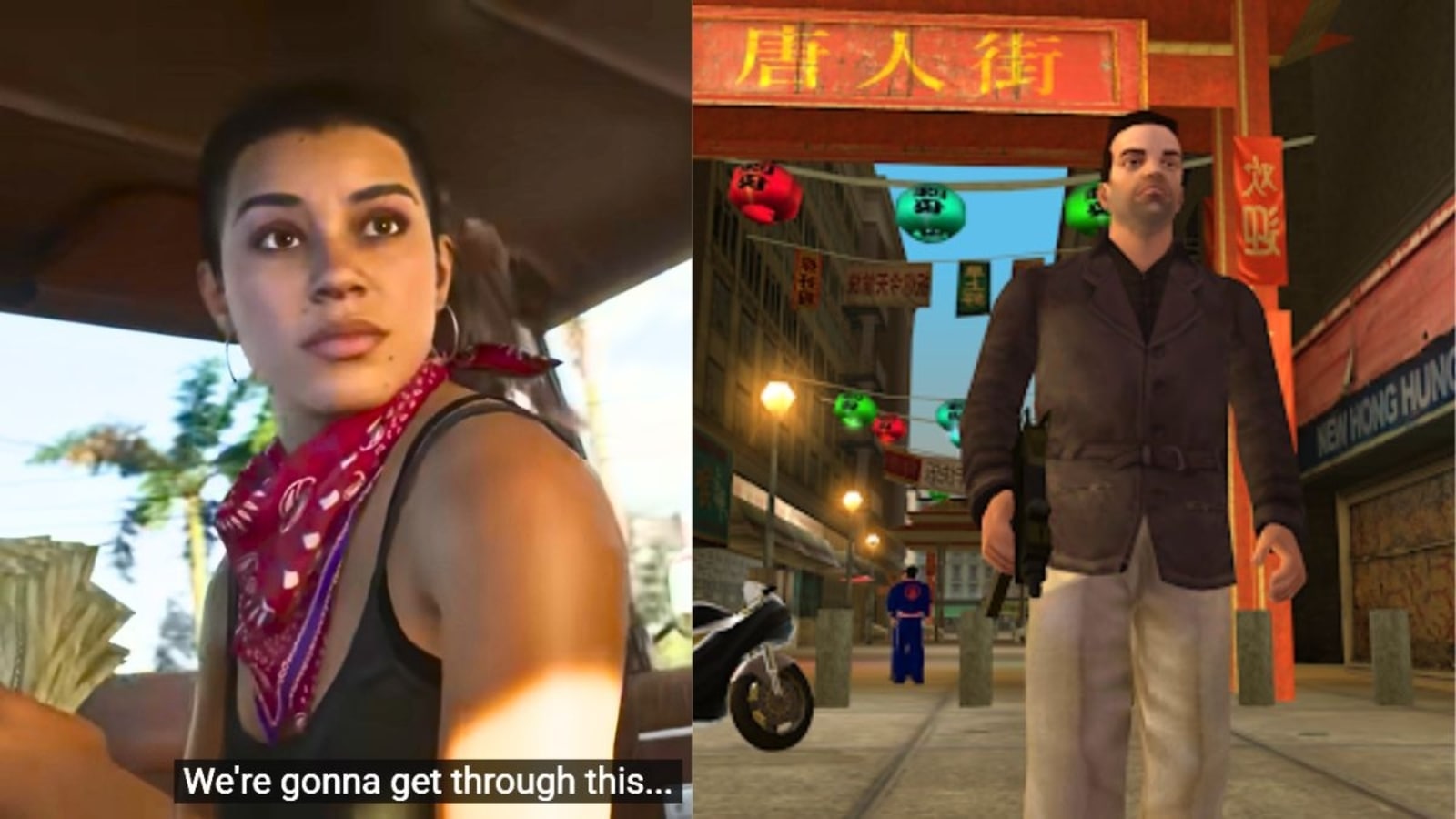Wangechi Mutu, the Kenyan-born multidisciplinary artist best known for her clay and bronze sculptures and collage paintings, has been going to Storm King Art Center, in New York’s Hudson Valley, since she was a student at Cooper Union, and later Yale, in the 1990s. “It calls people back and back again, like a place of pilgrimage,” she says of the open-air museum less than two hours from Manhattan, speaking via Zoom from her apartment in Brooklyn — her studio is in the same brownstone, though she also keeps a studio in Nairobi. Now, having just finished installing eight large-scale bronze sculptures on Storm King’s Museum Hill, one part of the complex’s 500 acres — which are also home to pieces by Lynda Benglis, Alexander Calder and Sol LeWitt, among others — she’s come full circle.
The centerpiece of her newly opened show, which runs until Nov. 7, is “In Two Canoe” (2022), a mythical tree-women fountain rendered in a mossy green patinated bronze, in which the pair of figures steer a vessel to nowhere. Inspired by the mangrove tree, they have heads enveloped in conical leaf masks, and vines rippling around their torsos and extremities. As water flows in and around the boat, they appear simultaneously captured in motion and firmly grounded. “Mangroves are migratory,” says Mutu. “This plant has moved everywhere, has made journeys like those who were kidnapped from Africa and taken to the Americas. The water seals this unified story we’ve created for ourselves. We are all connected on this sphere of earth and the water is how we go and find each other.”
Also scattered on Storm King’s Museum Hill are five of the artist’s large bronze baskets. Two of them, both titled “Nyoka” (2022), appear to be filled with coiled snakes. A pair of tortoises visible only by their shells inhabit two of the other ones, both titled “Kobe” (2022). The last basket, “Nywele I” (2022), contains a pile of plaited hair. With each, the viewer is encouraged to ask: “What sparks fear and what signals comfort?” We are also reminded that there is beauty, as well as a rich history, in the “everyday tech” of baskets and braids, even if, Mutu says, “it’s not as loud or built as high” as many of the modern marvels that threaten the climate.
“It’s frightening how dangerously close we are to losing everything on earth,” she adds, her own braids twisted into an updo. “We’re still doing the most absurd things. I can’t believe a murder in Buffalo obliterated 10 lives. White supremacy, the climate emergency, the war in Ukraine — we haven’t learned anything. Or maybe everything we have learned — about knowledge sharing, humanity and our connection to the world — is somehow no longer important. If we continue to destroy nature, it will stop feeding us.” She was clearly thinking about this when she made the earthworks — animal-like creatures, and humanoids made from soil, wood, paper pulp, horn and bone, all collected around Mutu’s studio in Kenya — on display in Storm King’s Museum Building galleries alongside other sculptures of hers and two of her film works.
Mutu is an engaging if somewhat reluctant interviewee. Whether she’s discussing her surreal collage paintings or her humanoid sculptures, which often push against the traditional roles of women in art, she believes any attempt to demystify her work risks flattening it. “Words have a way of binding and, obviously, with an artwork, you don’t want it to be in a corset,” she says. “I also feel like the viewer is implicated in the work, whereas artists can disassociate from it and are not in the space with the viewer.” Lately, then, she’s been reconsidering how she talks about her pieces. “I think sometimes the questions that I’ve answered and the way I’ve gone about it kind of crystallized things about the work and people refused to go any further.”
In a sense, making art is Mutu’s way of communicating — for her, it’s a form of meditation and prayer, a way to integrate her empathy into the earth and “pass that love, sorrow, pain and urgency on to other people,” she says. Another bronze piece, “Crocodylus” (2020), takes the form of a woman riding a crocodile; the patterned black finish that covers the reptile extends to the rider, giving the sense that these two seemingly disparate creatures are in fact a single being. As if to suggest resilience and change, ideas Mutu has been exploring in her work since becoming a mother to two girls, the sculpture looks out on Storm King’s South Fields and is angled toward a nearby path. “We’re so elastic and adaptable,” she says. “We can survive things because we’re always changing.”

























